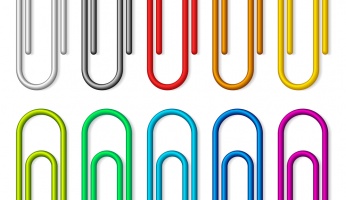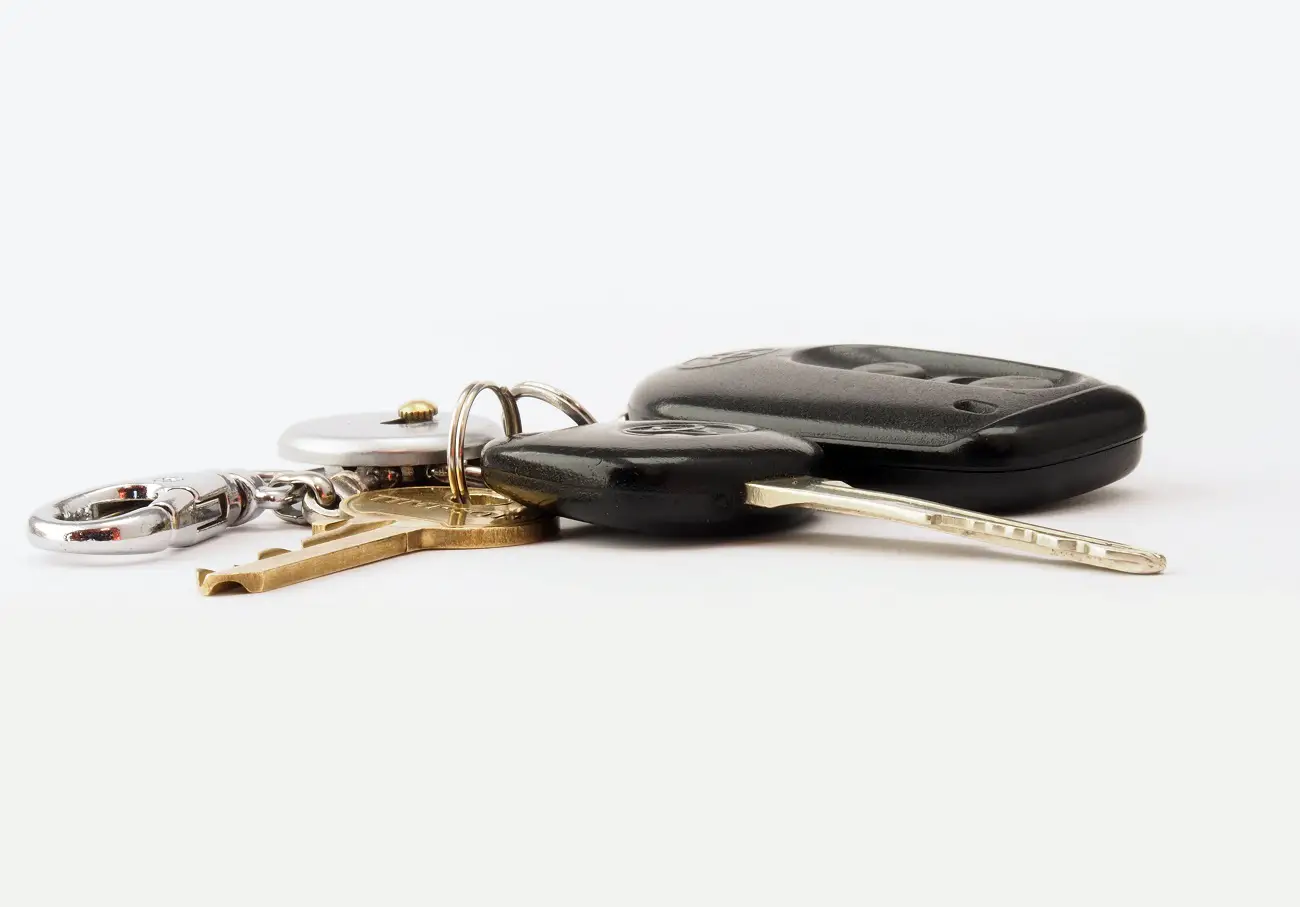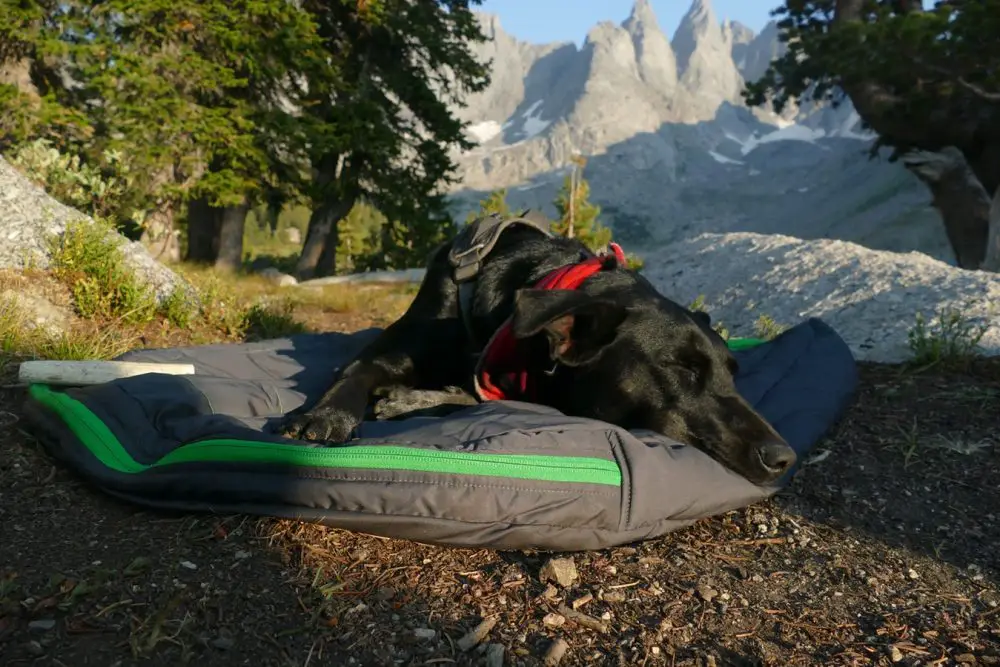Survival Skills: What to Put in Your Emergency Food Supply
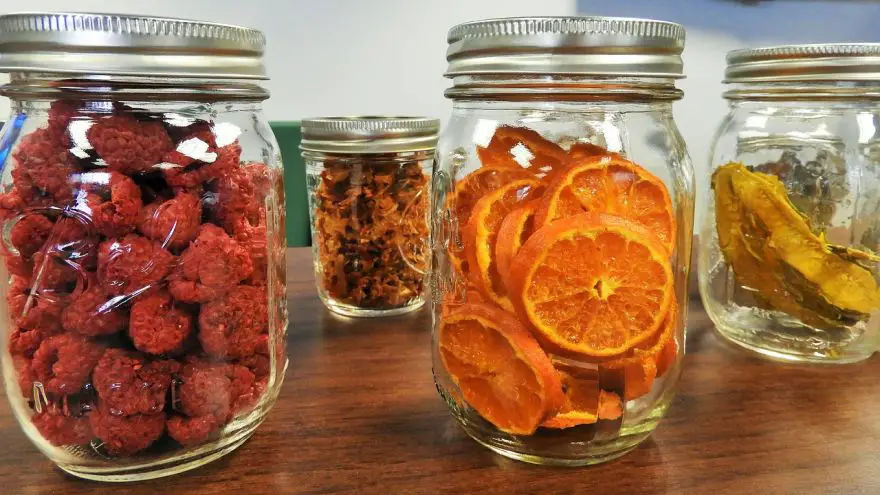 Survival Skills: What to Put in Your Emergency Food Supply
thegearhunt.com
Survival Skills: What to Put in Your Emergency Food Supply
thegearhunt.com
Natural disasters like blizzards, hurricanes, and floods can come with little or no warnings at times. If you stock up on the right food items now, you will be able to face whatever nature throws at you with a bit less stress.
Fueling your body during emergencies can be quite different than eating your typical diet. This is because you tend to expend more of your energy in emergency situations, and because of this, you need to eat foods that are high in protein and energy. Also, because the supply is limited, the less food, and higher quality, the better. In emergencies and disasters, you need those extra calories. You also need fiber and nutrients that will keep your diet close to normal.
In emergencies, you need to meet your basic needs as opposed to getting hung up on flavors and preferences. However, if you plan for these occurrences correctly, you will be able to have a good variety of nutrients and foods.
Also worth reading best freeze dried food company
What to Keep on Hand
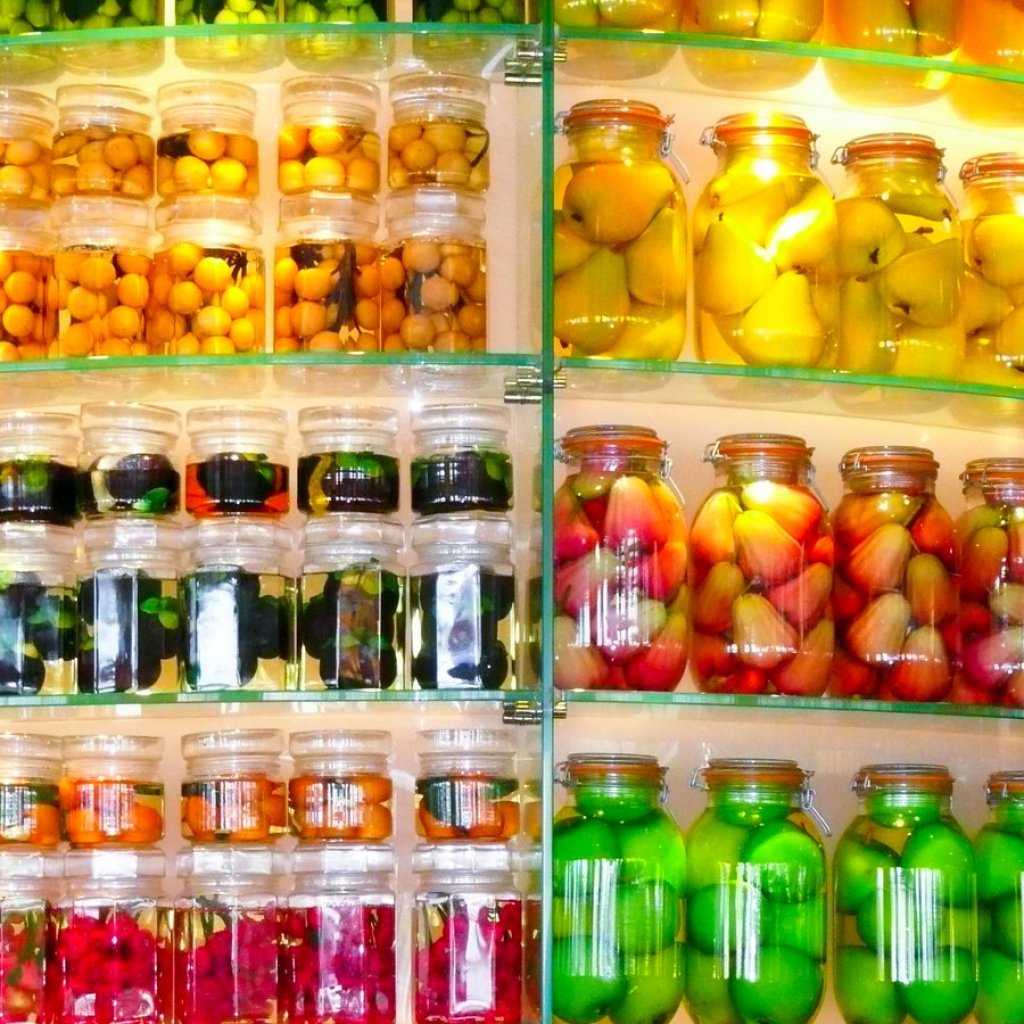 The items you will find in this section have long time expiration dates, so you will be able to stash them for a while. You should make a list of the things that are in your stockpile and be sure to check those expiration dates every 6 months to make sure everything remains fresh. You should also make sure to keep a manual can opener on hand. Your stockpile of food won’t do you a bit of good if you can’t get it open.
The items you will find in this section have long time expiration dates, so you will be able to stash them for a while. You should make a list of the things that are in your stockpile and be sure to check those expiration dates every 6 months to make sure everything remains fresh. You should also make sure to keep a manual can opener on hand. Your stockpile of food won’t do you a bit of good if you can’t get it open.
Peanut butter – This is a food that is a fantastic source of energy. It is full of protein and healthy fats. Also, unless the jar says otherwise, it doesn’t need to be put in the refrigerator after you open it.
Whole wheat crackers – These are a good way to replace bread and can be used to make tiny sandwiches. They have a higher fat content, and because of this, their shelf life might be a bit shorter than regular crackers, but the additional fiber will pay off in spades when you get hungry. You can even vacuum pack these to keep them fresher for longer.
Trail Mixes and Nuts – These are some high energy foods you can stock up on. They are convenient for snacking and, even better than that, they are healthy. Try to find them in containers that are vacuum packed. This will keep them from oxidizing and they will stay fresher longer.
Cereals – For the purposes of emergencies, you should select cereals that are multigrain and packaged individually so that they won’t get stale once you open them.
Power and granola bars – Filling and healthy, these snacks are portable and typically will remain fresh for up to 6 months. Additionally, they are a fantastic source of carbs. This allows you to get energy from the carbs while eating less.
Dried fruits – When you can’t get access to fruits that are fresh, turn to dried ones – like raisins and apricots. They will give you the dietary fiber and potassium you need. They also give you a good number of calories and nutrients.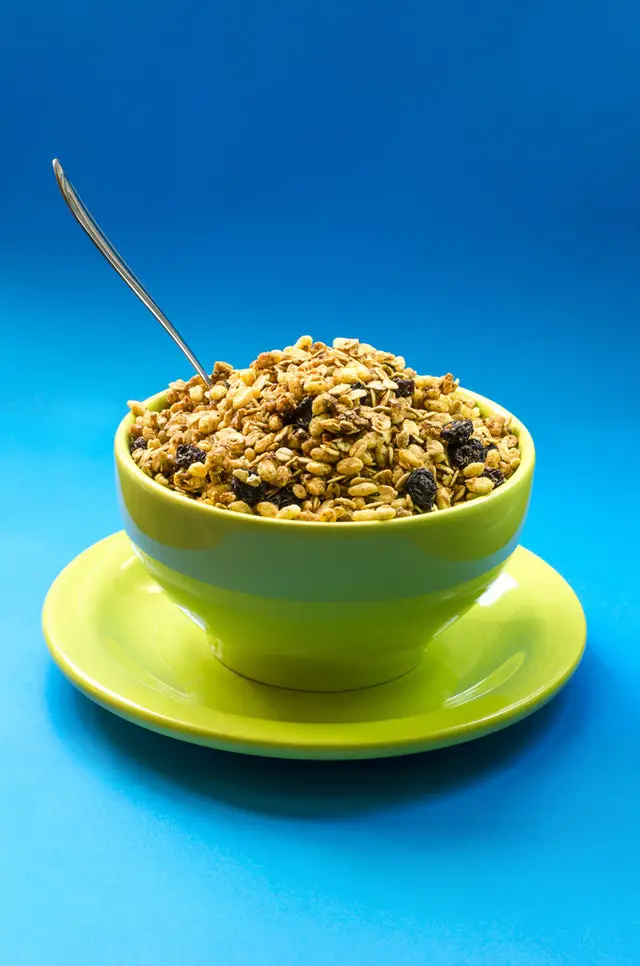
Canned turkey, chicken, salmon, or tuna – These things will typically last for about 2 years in your pantry. They provide you with the protein you need. Pouches that are vacuum packed will have a much shorter shelf life but will still last for about 6 months.
Canned vegetables like peas, carrots, and green beans – When you don’t have access to fresh veggies, the ones you can find in cans, or have canned yourself, will give you those essential nutrients.
Canned chili and soups – These can be eaten right from the can and give you a wide variety of nutrients that are needed. Look for the ones that have a low sodium content.
Water – This is always good to have on hand. Try to keep a minimum of 3 days’ worth. You should figure on at least a gallon for each person each day. Normally active people can easily drink ½ gallon and the other ½ can be used to reconstitute dried food or for washing.
Sports drinks like Powerade and Gatorade – These drinks are chock full of carbs and electrolytes that can assist you with hydration when there isn’t a lot of water.
Powdered milk – Nearly all dairy products need to be refrigerated, but this substitute doesn’t. It is a great source of Vitamin D and calcium when fresh milk just isn’t available.
Pepper, salt, and sugar – If you have a charcoal or propane stove, you will be able to cook. Basic supplies of sweeteners and seasonings can improve the flavor of both packaged and fresh foods.
Multivitamins – These supplements will assist with replacing those nutrients that you would normally be consuming with your typical diet.
Things to Buy Immediately Before an Emergency Situation
 You may have received ample warning about an incoming storm. This means that you will be able to get to the store and get some fresh produce or other things that have much shorter shelf lives. Most foods of this type will last you for about a week and will give you fresh alternatives to all of that pre-packaged food. Be sure to get by the farmer’s market because produce that you find there will be much fresher than that in grocery stores. This means that it will last you a few days longer.
You may have received ample warning about an incoming storm. This means that you will be able to get to the store and get some fresh produce or other things that have much shorter shelf lives. Most foods of this type will last you for about a week and will give you fresh alternatives to all of that pre-packaged food. Be sure to get by the farmer’s market because produce that you find there will be much fresher than that in grocery stores. This means that it will last you a few days longer.
Apples – Apples will last for as long as 3 months if you store them in a dry, cool area that is away from fruits that are more perishable – like bananas. Storing them with those other fruits can actually cause them to not last as long.
Citrus fruits like grapefruits and oranges – Because these fruits have sturdy skins and a high content of acid, they can last as long as 2 weeks without being in the refrigerator. This is especially true if you get them when they aren’t completely ripe. Grapefruits and oranges will give you a lot of Vitamin C and they can also keep you hydrated.
Avocados – Firm, unripe avocados can last for a week outside of the refrigerator.
Tomatoes – If you buy tomatoes when they aren’t ripe yet, they can last for quite a few days, even at room temperature.
Yams, Sweet potatoes, potatoes – These keep well and if you have access to a stove that works, they make great side dishes. If you store them in an area that is dark and cool, they can last for up to a month.
Summer squash and cucumbers – You can eat these vegetables without having to cook them and they can last for a few days without being refrigerated.
Winter squash – Most of these you can’t eat unless you cook them, but some of them, like the acorn squash, will stay fresh for a couple of months. If you have a way to cook them during an emergency. They are a great source of energy and nutrients.
Pepperoni, soppressata, and other hard packed sausages – Face it, nobody wants to eat canned chicken and tuna for days on end. Try to stock up on a few packages of things like sopressata and salamis that have been dry cured. As long as they aren’t opened, they will be fresh for as much as 6 weeks.
More Emergency Food Advice
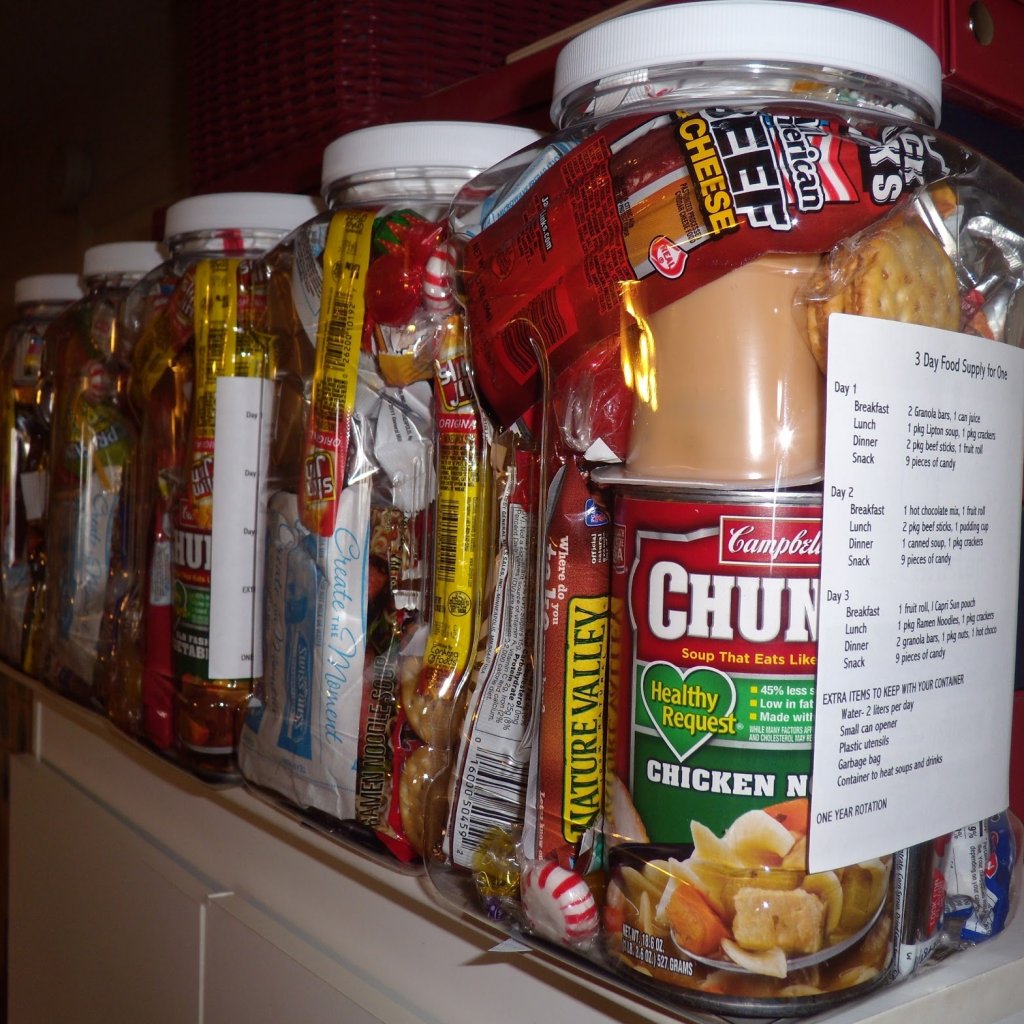 If your power goes out, how will you know if what you have in the refrigerator is safe to eat or not? If the food has been over 40° for a period of longer than 4 hours, throw it out. As far as frozen foods go, as long as there are still crystals of ice on them or if they are cool when you touch them, they are alright. Once they get to room temperature, the bacteria can form quickly. You will need to be extremely cautious about eating it. Keep the fridge and freezer doors closed so that the process of thawing will be slowed.
If your power goes out, how will you know if what you have in the refrigerator is safe to eat or not? If the food has been over 40° for a period of longer than 4 hours, throw it out. As far as frozen foods go, as long as there are still crystals of ice on them or if they are cool when you touch them, they are alright. Once they get to room temperature, the bacteria can form quickly. You will need to be extremely cautious about eating it. Keep the fridge and freezer doors closed so that the process of thawing will be slowed.
If you have lost power, you might still have the ability to heat or cook your food. If you have access to the outdoors, you can use a propane stove or a charcoal grill to cook. You must be outside though because you won’t have proper ventilation inside. If you do happen to be stuck inside, Sterno can come in handy. It is basically heat in a can. It doesn’t require any sort of electricity and will give you the ability to warm up food in small amounts in cookware.
If you have someone in your family who has special needs – like someone who is on regular medication, insulin or is a small child, you will need to remember to stock up on the items that they will need. Keep an additional stash of things like medications, baby food, diapers, etc.
If the area you live in is one that is high flood risk, you might want to purchase all of your pantry food items in cans. It will be more difficult for the flood waters to contaminate them than jars. It is always recommended that you never eat jarred or home-canned foods that have been in flood waters due to the fact that their seals might not be intact.
Now, let’s talk a bit about a couple of the places people keep their stores of emergency food.
Storing Food for Emergencies in the Basement
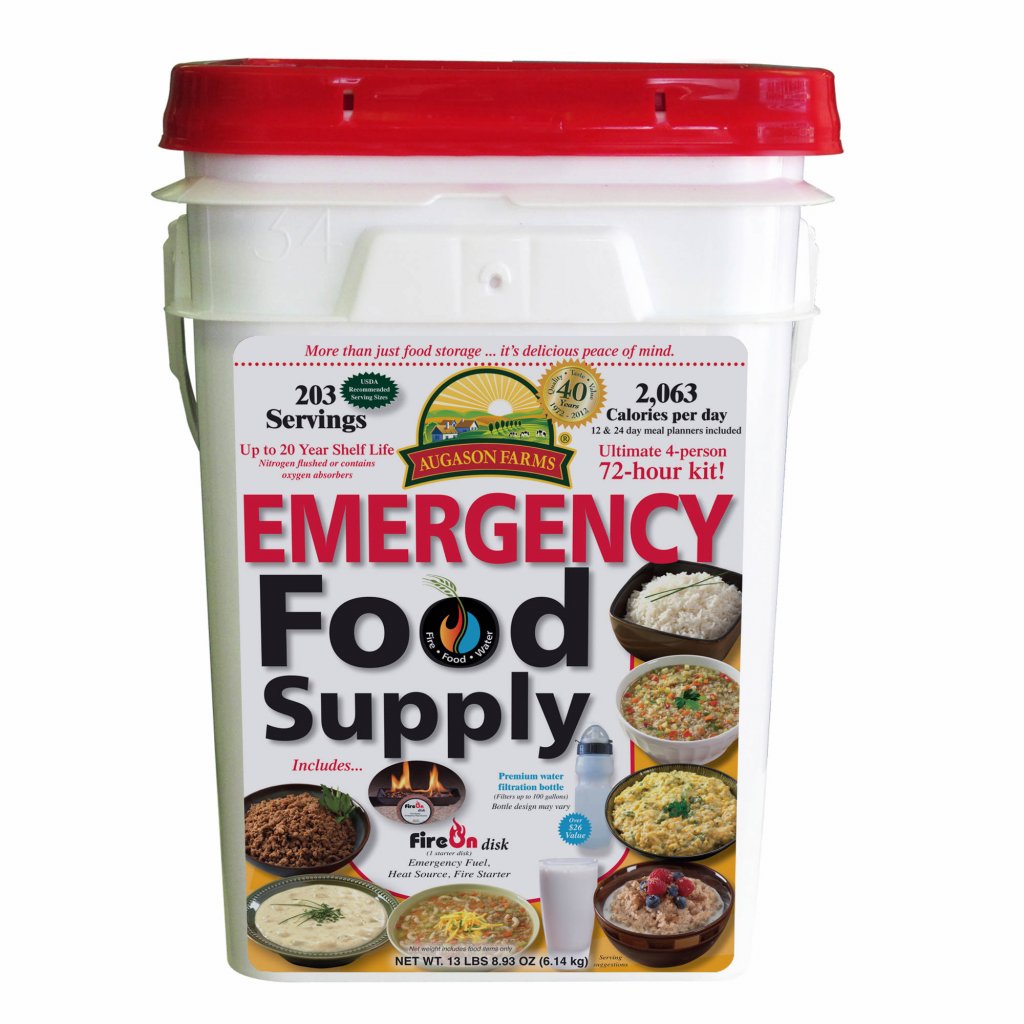 As far as space, this is a good option for storing emergency food. Basements also tend to be both dark and cool, which is great for making sure that the foods don’t go bad. That said, humidity can be an issue. You might want to install a dehumidifier and make sure that you check it on a regular basis.
As far as space, this is a good option for storing emergency food. Basements also tend to be both dark and cool, which is great for making sure that the foods don’t go bad. That said, humidity can be an issue. You might want to install a dehumidifier and make sure that you check it on a regular basis.
You should also be sure that you don’t store your food on the floor of the basement because you will end up with humidity issues and can cause the internal temperatures of those foods to vary. If you want to keep them on the floor, put a few pallets down first and then stack the foods on the pallets.
One more thing to consider is the possibility that the basement will flood. If you are in a hurricane prone area or close to a body of water, you might want to check into options for preventing the basement from flooding.
When it comes to foods that are best for storing in the basement, get ones that are in sealed, vacuum packed, or airtight packaging. Don’t ever store any store-bought foods in the basement until you put them in something other than their original packaging. Cardboard packaging is especially bad because it can get moldy quickly in a basement.
Pantries and Closets for Emergency Food
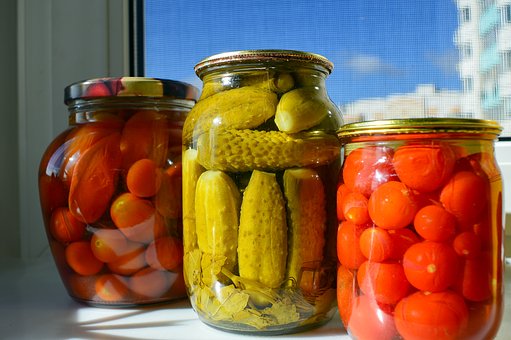 These are ideal areas for keeping emergency food stashes because it is relatively easy to control the humidity and temperature.
These are ideal areas for keeping emergency food stashes because it is relatively easy to control the humidity and temperature.
That being said, not all of us have enough extra closet space to store a long-term supply of food. However, if you have a good system for organization, you may come to find that you can actually store quite a bit of food in a normal sized pantry.
It is also important to consider things like high winds and earthquakes when you are putting your emergency foods on shelves. Cans will typically be safe, but anything that is in glass containers or even cardboard could be damaged pretty easily.
The main thing you need to worry about is making sure that you have enough space for your stash in your closets. You can do this by investing a bit of money and time into building a good shelving system that is reinforced. Organization is critical when your spaces are small because if things aren’t organized, it will be difficult to rotate your stock.
The pantry is a great place to store your 30-day supply of emergency food. It is easy to access for one thing. You need to remember to rotate the stock to make sure everything remains in date. You should not keep long-term stashes of food here though.
Don’t forget about the cupboard under the stairs too!
If you have a multi-story home, there may be quite a bit of space under your stairs that isn’t being used. This space is perfect for creating a secret closet. It will give you an amazing spot for stashing your survival supplies as well as your stash of food and water.
Sources
- Ready.gov, Food
- SpareFoot, 6 Tips for How to Store Emergency Food
- Leaf, How to Store Food for Long Term Survival
- YouTube, Best Foods for Emergency Preparedness







